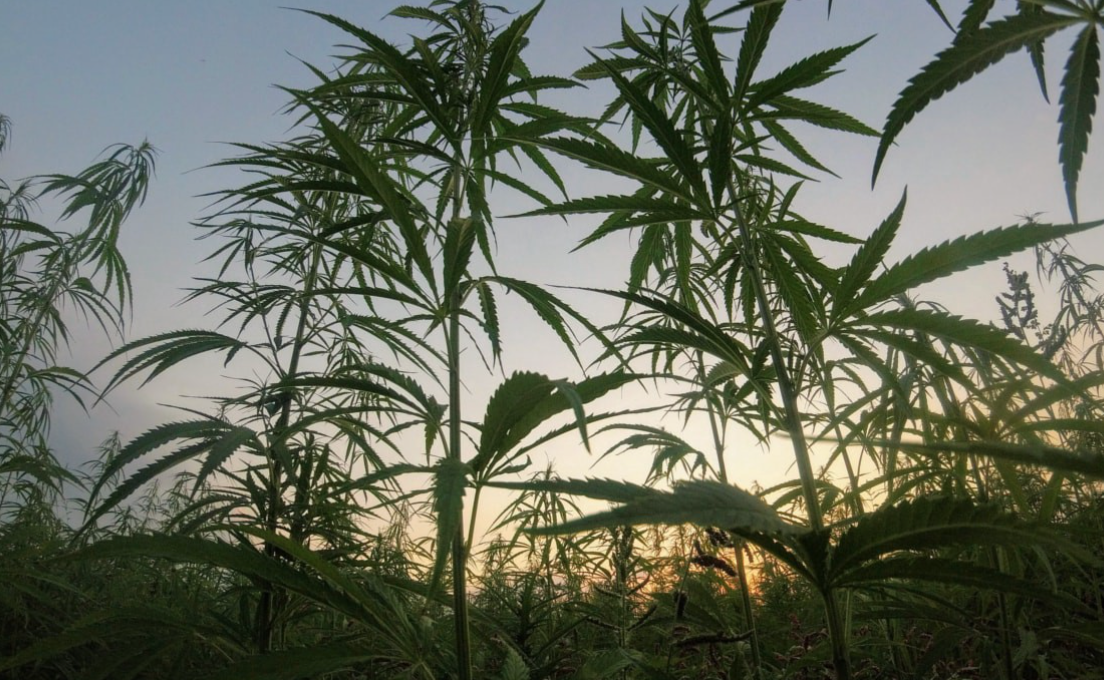History of Hemp

History of Hemp

You may be surprised to know that people have been using hemp for thousands of years. Hemp is perhaps most well-known for its high content of CBD but people were using hemp for a variety of properties before CBD was studied.
Hemp and marijuana are often commonly confused and this often comes down to many growers taking the opportunity to pick out marijuana plants that were known for their intoxicating effects. As producers continued to develop plants that had high levels of THC, there were many outsiders to begin to associate the shape of marijuana leaves and the plant itself to be only intoxicating. Even though modern marijuana can have high levels of THC there are varieties of cannabis known as hemp which were bred for qualities that were not intoxicating.
Hemp’s Earliest Properties
Hemp was first known as a material that could be used for creating fabric. Some of the earliest recordings of hemp use for fabrics started in the year 8000 to 7000 B.C.E. In the year 4000 B.C.E. hemp was used as the main component for Potters. When we go forward into 140 B.C.E. there was paper being made with hemp which was a highly sustainable material.
Mentions of hemp in the United States get started at around the year 1616. This was a time that hemp was commonly used, for producing clothing, sails, ropes, and more. Hemp was so valuable at this time it could be used as a currency and the plant could even be used to pay taxes in the United States.
There are many towns across the United States that gather their name from hemp as well. Locations like Hempstead, Hemphill, Hempfield, and more are all to reflect the excellent growth of hemp in the area. Important documents throughout the United States including the declaration of independence were all originally drafted on hemp-based paper.
Changes To The Law
Even though the use of hemp was embraced throughout American history, in the year 1937 the marijuana act introduced a new tax on all cannabis sales including any hemp sales. This began to discourage many members of the American public from producing hemp. Hemp was not seen as a viable option for crops throughout America after this was put into place.
Hemp production found its footing in the year 1942 when the USDA introduced the hemp for victory program to incentivize the use of hemp for textiles in the World War II effort. This ensured that it would be profitable to produce hemp as a small supplier without the same taxes on the product.
In the year 1970 the industry was challenged again when the US brought in the controlled substances act. Hemp was classified as a schedule 1 substance alongside heroin, methamphetamines, and marijuana. The production of hemp would be strained up until the year 2014.
When the farm bill was introduced in the year 2014 there were new pilot programs available to help hemp farmers to recover and to begin profitably producing hemp for a variety of textiles and medical uses. Under the newest farm bill, farmers were able to grow hemp under the USDA and with state supervision. In the year 2018, the farm bill would be amended further to ensure that hemp was no longer a schedule 1 substance.
Hemp today is completely legal to grow in the United States and hemp-based products that contain CBD are non-intoxicating and extremely reliable for improving health. Hemp has regained its reputation as an exciting crop for the future and an excellent product for improving the health of people across the nation. Contact us today to learn more!
